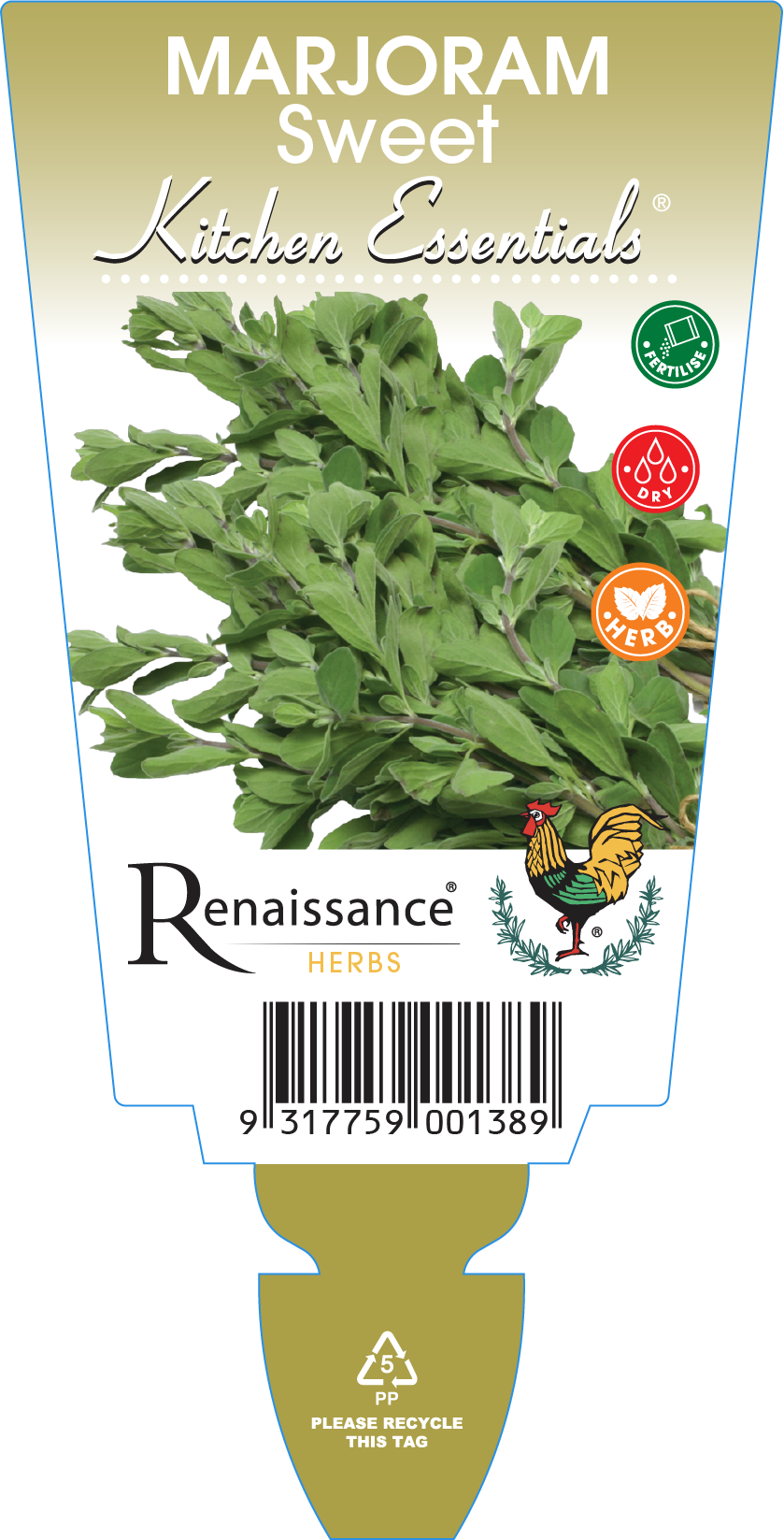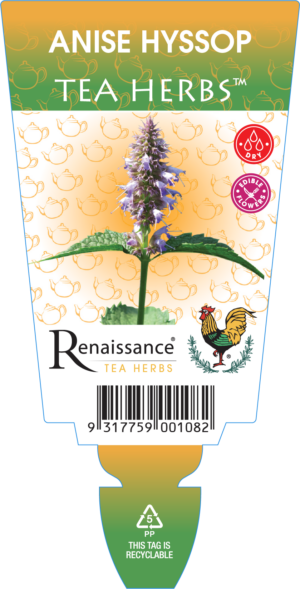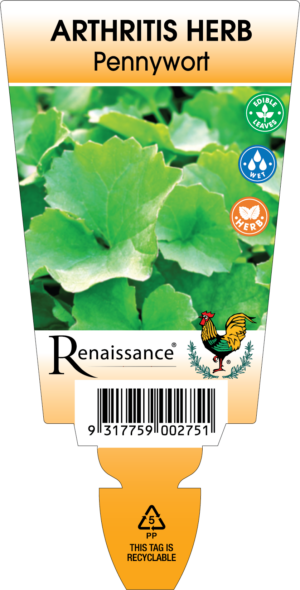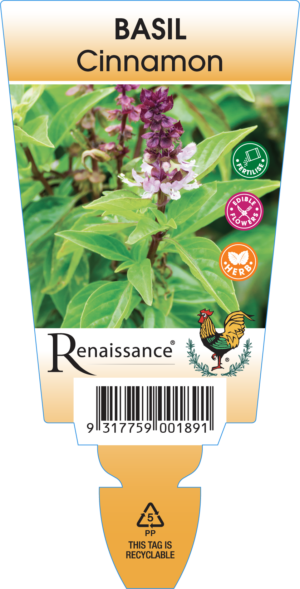Description
(Allium sativum)
Garlic is used as a traditional dietary supplement for diabetes in Asia, Europe, and the Middle East. Garlic has been prized since the first records of civilization and has been used all over the world for thousands of years for a wide range of conditions.
Tradition
Legend has it that it was used to drive vampires awayGarlic was placed by the ancient Greeks on piles of stones at crossroads as food for Hecate. According to Pliny Garlic and onion were used by the Egyptians in religious ceremonies. Peeled garlic cloves placed in each room is said to ward off disease. If hung in new homes it is thought to dispel negativity and evil. If a clove is placed under the pillow of sleeping children it is thought to protect them.
Growing Tips
Prepare a sunny growing location in the autumn. Improve the soil quality, if necessary, to create a well-draining soil. Work the soil down approximately 5 inches and add 1 inch of compost to the top of the soil. Work the compost into the soil. Dig small holes for each allium sativum clove that are between 6 and 8 inches apart. Place the cloves in the holes so that the tops of the cloves are just below the surface of the soil and the flat side of the clove (the root side) is pointing down. Pat the soil firmly around the cloves. Water the cloves immediately after planting. Place about 6 inches of shredded mulch over the cloves to protect them during the winter. Leave the mulch on the cloves the next spring as well, because it will continue keeping the soil moist and preventing weeds. Give the garlic cloves 1 inch of water every week when the growing season starts the following spring. Do not water after June 1, however. This will enable the garlic bulbs to become firm.
Use
Bacterial and Viral Conditions:
- Fights bacteria like an antibiotic
- Inhibits the growth of different species of bacteria
- Stimulates the growth of healthy bacteria in the system
- Viruses
Garlic is reported to be more effective than penicillin against:
- The organisms responsible for cholera, dysentery and enteritis
- Paratyphoid disease
- Putrefactive intestinal bacteria
- Streptococcus and staphylococcus bacteria
- Typhus disease
Gastrointestinal Conditions:
- Chronic stomach and intestinal catarrh
- Digestive infections
- Relieves belching and heaviness
- Relieves colic
- Relieves gas (flatulence)
- Relieves nausea
- Rids the body of intestinal parasites, especially pinworms
- Stimulates the activity of the digestive organs
- Ulcers
Genitourinary Conditions:
- Dropsy
- Urinary infections
- Fluid retention
Immune System Conditions:
- Fights infection
- Improves resistance to infection
- Increases the activity of white blood cells and T-helper cells (natural killer cells), *the cells that are central to the activity of the entire immune system infections of *the body
- Preventative measure for infectious diseases
- Stimulates the body’s natural defenses against foreign invaders
- Protects cell membranes and DNA from damage
Inflammatory Conditions:
- Arthritis
- Infantile catarrh
Liver Conditions:
- Lowers cholesterol while increasing the level of beneficial HDL’s (high-density lipoproteins) the so-called good
- Cholesterol
- May help lower homocysteine levels (similar to cholesterol which may contribute to increasing amounts of blood clots and plaque in blood vessels)
- Regularizes liver and gallbladder activity
- Stimulates the production of the liver’s own detoxifying enzymes which neutralize *carcinogens and other
- Environmental toxins
Metabolic Conditions:
- Balances blood sugar
- Late-onset diabetes
Respiratory Tract Conditions:
- Asthma
- Breathing difficulties
- Chronic bronchitis
- Colds (reduces symptoms faster)
- Coughs and hoarseness
- Inhibits the growth of the bacteria, Mycobacterium tuberculosis, the organism *responsible for tuberculosis (high doses)
- Preventative measure for colds and influenza
- Sinusitis
- Upper respiratory infections (especially infections deep in the lungs and throat and in the nasal passages or sinuses)
Skin Conditions:
- Acne
- Cutaneous eruptions
- Pimples
Herb Attributes
| Harvest | As garlic reaches maturity, the leaves will brown then die away. This is the cue that it is time to harvest your garlic crop. If you harvest too early the cloves will be very small, too late and the bulb will have split. Proper handling of garlic after it’s been picked is almost as important as looking after it whilst it’s growing. It’s essential that garlic is dried properly, otherwise it will rot. The bulbs are often hung up in a cool, dry place. After a week or so, take them down and brush the dirt off gently – don’t wash the bulbs at this stage. |
|---|---|
| Position | Part to Full Sun |
| Height | 50cm |
| Width | 35cm |
| Lifespan | Bulb |





